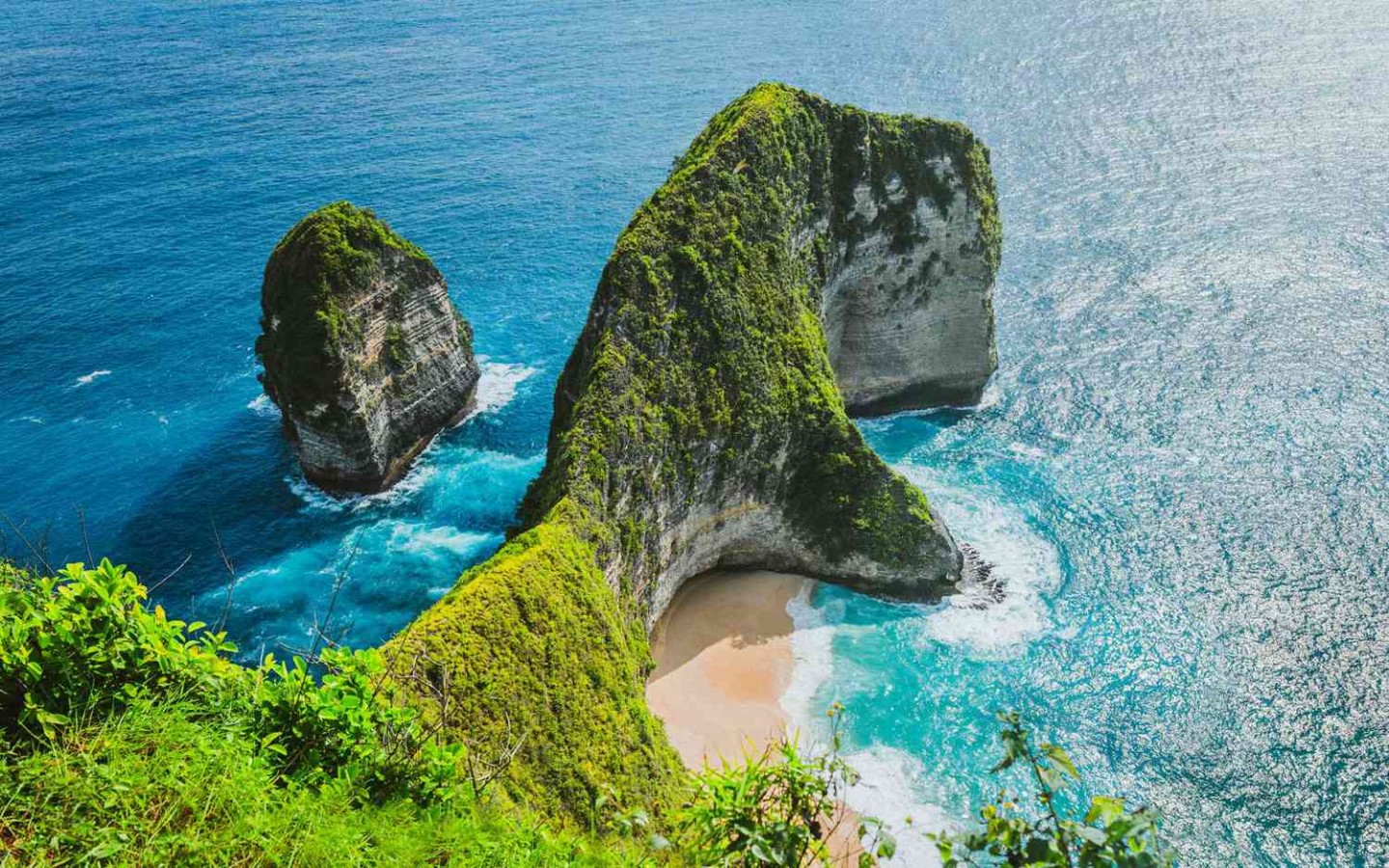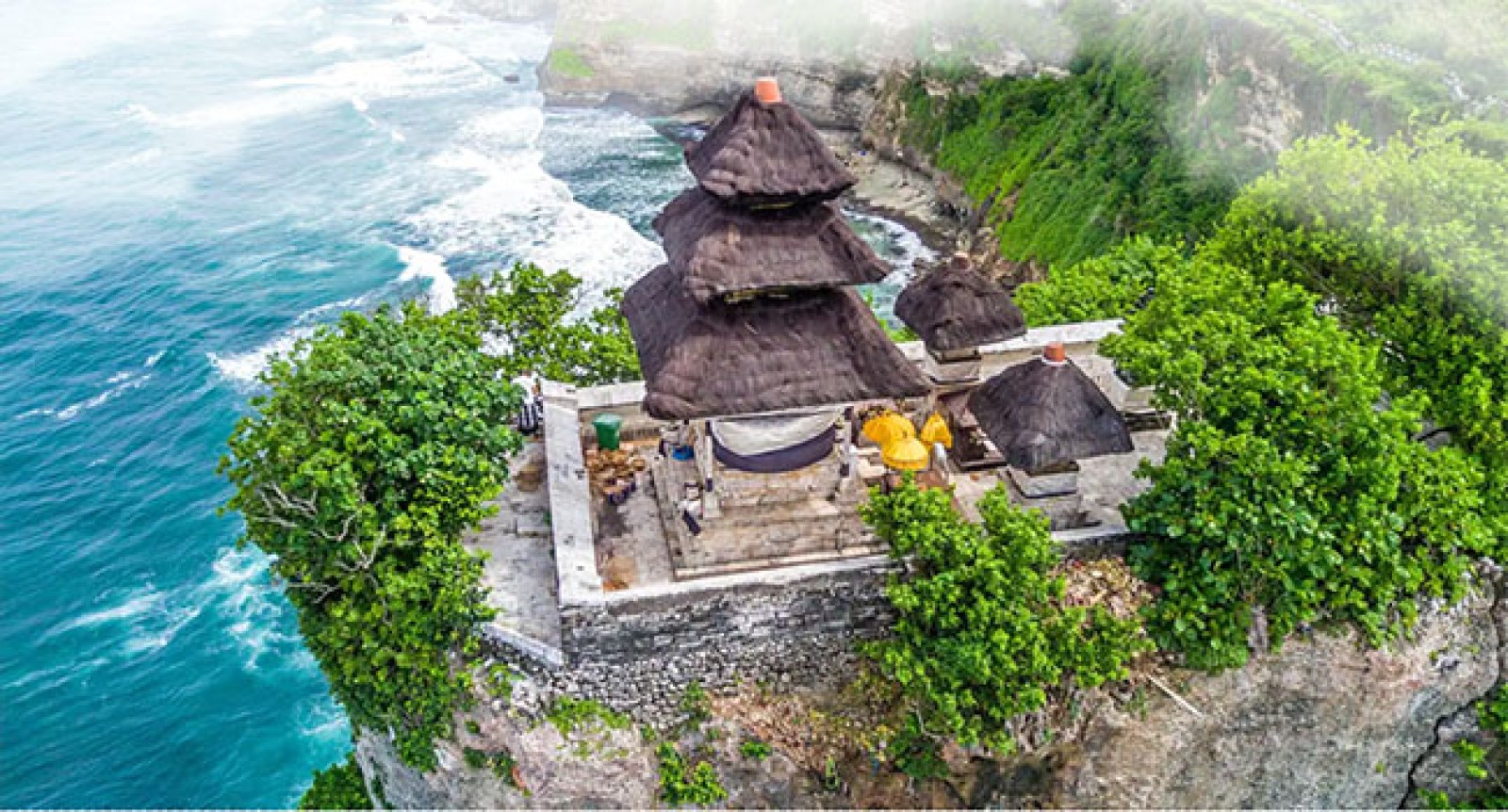Bali, often referred to as the "Island of the Gods," is one of the most popular tourist destinations in Southeast Asia. Here's a more detailed overview:
-
Geography and Landscape: Bali is located in the Indonesian archipelago, situated between Java to the west and Lombok to the east. It covers an area of approximately 5,780 square kilometers (2,230 square miles). The island is characterized by its diverse landscape, including volcanic mountains, lush rice terraces, verdant forests, and stunning beaches.
-
Culture and Religion: Bali's culture is deeply rooted in Hinduism, which distinguishes it from the predominantly Muslim-majority of Indonesia. The island is dotted with thousands of temples, ranging from small family shrines to grand complexes like Uluwatu and Tanah Lot. Balinese Hinduism incorporates elements of animism, ancestor worship, and Buddhism, creating a unique spiritual tapestry.
-
Arts and Traditions: Balinese arts and traditions are vibrant and deeply ingrained in daily life. Traditional dance performances like the Barong dance and Kecak fire dance are popular attractions, showcasing elaborate costumes and intricate choreography. The island is also renowned for its traditional music, woodcarving, painting, and intricate silverwork.
-
Cuisine: Balinese cuisine is a rich tapestry of flavors, influenced by indigenous ingredients and culinary traditions from across Indonesia. Signature dishes include Nasi Goreng (fried rice), Mie Goreng (fried noodles), Babi Guling (suckling pig), and Bebek Betutu (slow-cooked duck). Spices such as turmeric, lemongrass, and galangal are commonly used, creating aromatic and flavorful dishes.
-
Tourism: Tourism is the backbone of Bali's economy, attracting millions of visitors annually. The island offers a wide range of accommodations, from luxury resorts to budget guesthouses and eco-friendly villas. Popular tourist areas include Kuta, Seminyak, Ubud, and Nusa Dua, each offering unique experiences ranging from bustling nightlife to serene yoga retreats.
-
Nature and Adventure: Bali's natural beauty is a major draw for outdoor enthusiasts. Visitors can explore the island's diverse ecosystems through activities such as hiking, cycling, and birdwatching. Bali is also a world-renowned surfing destination, with waves suitable for beginners and experienced surfers alike. Diving and snorkeling enthusiasts can discover vibrant coral reefs and diverse marine life in the surrounding waters.
-
Environmental Challenges: Despite its natural beauty, Bali faces environmental challenges such as plastic pollution, water scarcity, and deforestation. Efforts are underway to address these issues through community initiatives, environmental education programs, and sustainable tourism practices.
Overall, Bali's enchanting landscapes, rich culture, and warm hospitality continue to captivate travelers from around the globe, making it a timeless destination for exploration and discovery.

